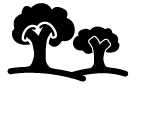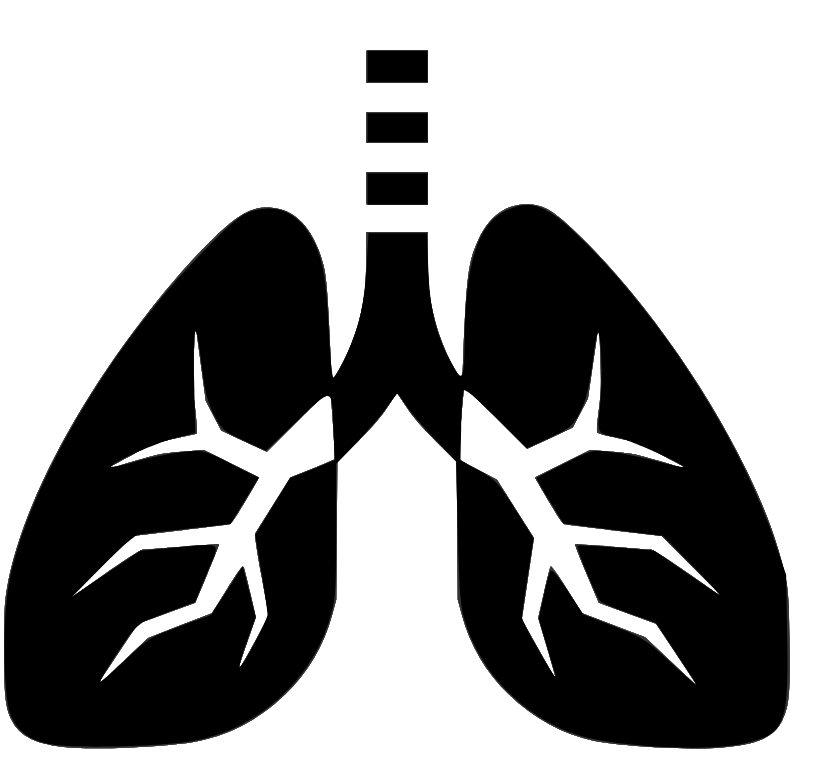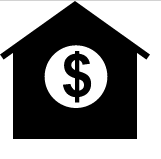Overview:
Plan criteria allow users of TreePlotter CANOPY to visualize the areas of their city that would receive the most benefit from an increased tree canopy. These criteria can be adjusted to hold a high, medium, or low weight of priority.
Descriptions:
Land Cover Criteria

Areas with Low Existing Tree Canopy: It is important to understand the existing distribution of existing tree canopy across the city. This indicator shows existing urban tree canopy and allows you to add weight to areas that are low in canopy cover.

Possible UTC: One of the primary purposes of this criterion is to identify where to prioritize new tree plantings. This indicator shows the percent of total area available for possible planting.
Land Use

Public Land: Publicly owned land is where cities have the most direct influence on tree canopy. By identifying planting opportunities within publicly owned land, cities can be more proactive in growing tree canopy and providing enjoyable spaces for the public.

Right of Way: ROW areas often contain impervious surfaces. Trees planted within a ROW help reduce stormwater runoff, decrease urban heat island, and improve air quality. This indicator identifies possible planting areas within the ROW.
Environmental Criteria

Air Quality: Street rights-of-way corridors typically have higher concentrations of particulate matter. Trees can be planted along roads to absorb vehicle exhaust and reduce pollution. This indicator highlights the percent of road area. Higher concentrations of road surfaces may indicate poor air quality.

Energy Conservation: Trees provide a reduction in energy use in the summer by providing shade and in the winter by reducing wind. This indicator identifies residentially zoned areas with low tree cover and high total possible planting area.

Urban Heat Island Mitigation: Tree canopy that covers impervious surfaces reduces the urban heat island effect which is damaging to the environment and unhealthy for people. This indicator identifies residential, commercial, and industrial zoned areas with high impervious surface area.

Water Quality: Trees located adjacent to streams and water bodies improve water quality. This indicator identifies available planting areas within 100’ of all surface water bodies.

Stormwater Reduction: Trees can be integrated to help manage stormwater, specifically when targeting impervious surfaces. This indicator identifies available planting area on and adjacent to impervious surfaces and surface water bodies.

Wildlife Habitat Connectivity: Large tracts of connected canopy cover can improve habitat for wildlife. This indicator identifies available planting areas within 100’ of large canopy tracts (equal to or greater than 5 acres).
Demographic and Socioeconomic Criteria

Median Household Income: In urban areas, there is frequently a positive correlation between areas of low income and low tree canopy coverage. This indicator shows the median household income, as reported by the U.S. Census American Community Survey 5-year summaries

Human Health: Trees clean the air that we breathe, filter the water that we drink, and can lower stress levels, in turn, improving public health. Planting trees can be a cost-effective way of improving a city’s overall public health.

Asthma

Cardio

Mental Health

Median Home Value: The presence of trees aligns with increased economic vitality and quality of life. This layer shows the median home value, as reported by the U.S. Census American Community Survey 5-year summaries.

POC Population: Tree canopy is negatively correlated with the percentage of POC (people of color) residents. Planting trees in communities with higher percentages of people of cover can support environmental equity.

Population Density: This layer shows population density. Larger numbers of people will benefit from the ecosystem services that increased tree canopy coverage can provide.

Underserved Populations: Tree canopy is positively correlated with higher median income. Planting trees in lower income communities can support environmental equity. This indicator shows the percentage of residents living below the poverty level.

Vulnerable Populations: Trees provide many environmental and health benefits especially to vulnerable populations including younger and older residents. The ratio is calculated by dividing the number of residents who are 17 and under or 65 and over by the number of residents age 18 and 64.
